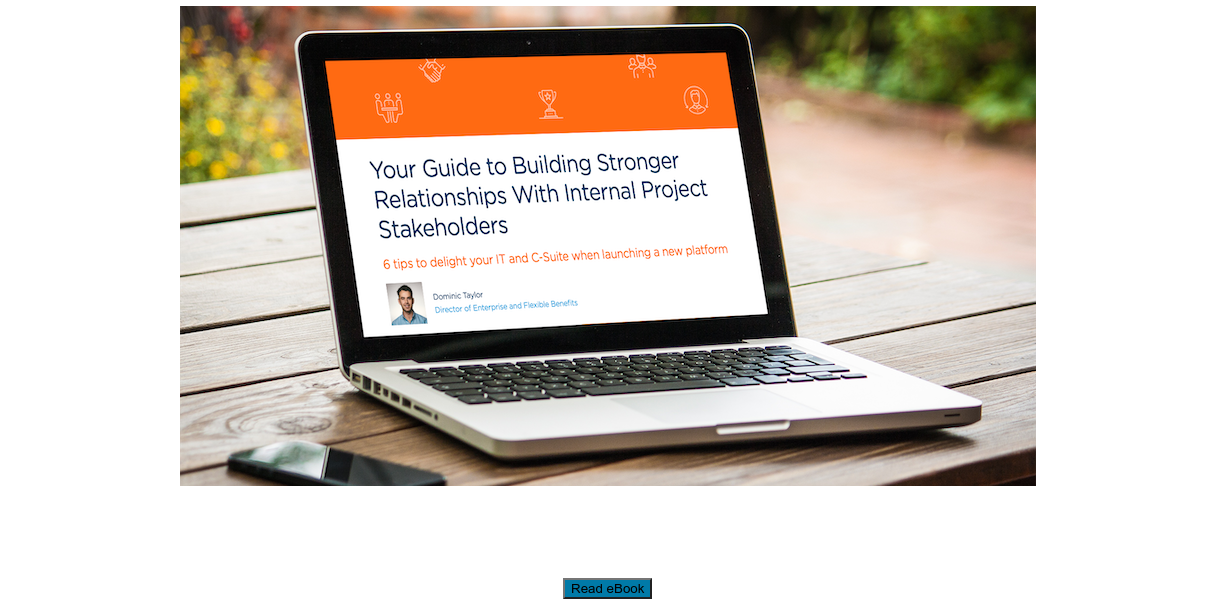Welcome to our series, 'Behind the Scenes,' where we'll sneak behind the curtain of how leading employers are attracting, engaging and retaining their talent.
In 1932, SNHU was founded as a two-room business school in New Hampshire. The organisation launched its first online program in 1990 and has been an innovator in higher education ever since, with 150,000+ international learners.
Due to the pandemic, SNHU became a distributed workforce for the first time and needed a university-wide recognition program to reinforce its culture and values. The organisation launched 'Shine' to drive employee engagement, transform company culture and strengthen its employee retention strategy.
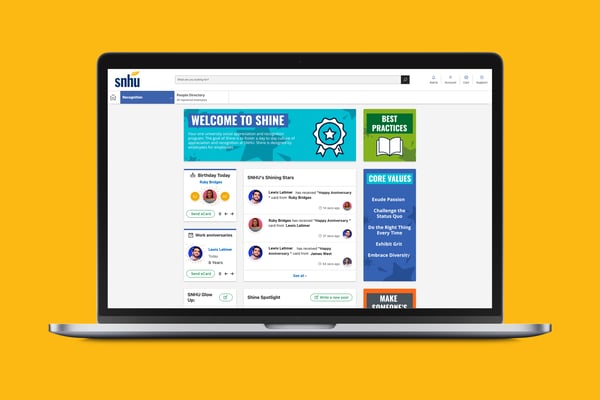
 Throughout the launch and beyond, Jennifer LaFountain, Director, People Experience, credits a part of the success/overall engagement with the program to one thing: employee feedback. To understand what she means by that we caught up with Jenn to gain insight on how the organisation created the program with employee feedback throughout all stages of launch.
Throughout the launch and beyond, Jennifer LaFountain, Director, People Experience, credits a part of the success/overall engagement with the program to one thing: employee feedback. To understand what she means by that we caught up with Jenn to gain insight on how the organisation created the program with employee feedback throughout all stages of launch.
Q: Can you tell me about how you got started on your employee recognition journey?
Jenn: From the very beginning of our journey, we started with employee feedback. In order to truly understand the current state of recognition at the organisation, we created a cross-functional team of people. We held interviews and focus groups to identify what recognition looked, sounded and felt like at SNHU.
The employee feedback we gained highlighted five important pieces that shaped the framework of our next phase, namely that employees identified recognition as important, but were having an inconsistent experience that didn’t make sense with the new workforce reality. In detail, Jenn and her team found:
- Recognition was more important than ever before to employees who wanted to not just feel appreciated, but to feel connected to one another and to the culture of SNHU.
- There was a lack of cross-functional recognition and little insight into how much was being spent on recognition due to departmental silos.
- Recognition was heavily focussed on one-time gifts (generally gifts from leadership or on-site events, which wouldn’t work with the new distributed workforce reality).
- There were over 200 individual recognition programs at SNHU, meaning the experiences were inconsistent.
- 26% of the programs were tied to one-off performances or what the employee produces and not necessarily what an employee contributes to the university on an ongoing basis.
All of this feedback validated that we needed to redesign the way the organisation recognised employees. Two short months later, our employee recognition program 'Shine' was born.
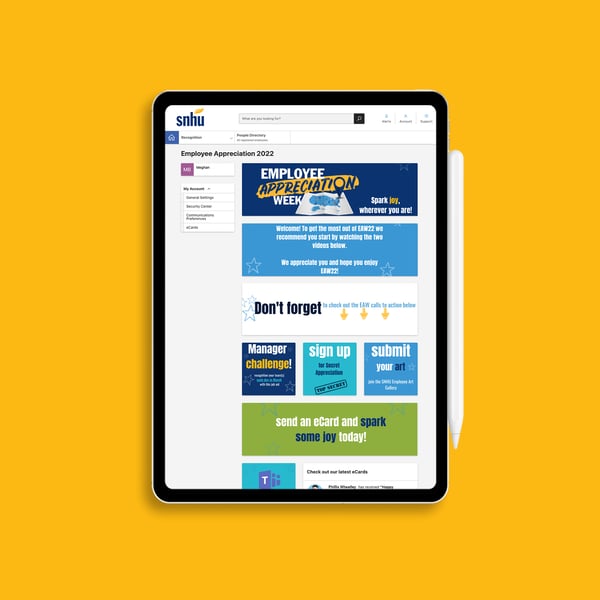
Q: Can you tell me a little bit more about who was involved in your cross-functional team and how you gained stakeholder buy-in?
Jenn: We built a diverse stakeholder group across the university, including:
- Dr. Shanita Williams, Associate Vice President, People Experience and myself (formally)
- 25 stakeholders from departments including Finance, Housekeeping, Facilities, Student Experience and University Administration that helped throughout the process
- 70-80 additional employee champions
The project stakeholders came from all different levels to help with the design, provide feedback and assist with the rollout across departments. The team and I created the Shine champion group of individual contributors that act as ambassadors to help drive adoption.
Q: After gaining buy-in and choosing Reward Gateway, how did you officially launch this to your employees?
Jenn: We hosted demos during the week of launch, while RG created videos and best practice tools, all in a remote environment and continued to work on ongoing programs to help support a culture of recognition.
Our decision to rely heavily on internal employee feedback is something I'm incredibly proud of and we did it because we know that that builds inherent buy-in for the program.
There are Shine champions all over the university and we targeted a wide range of employee groups to hear from all levels and voices within the organisation, including housekeeping and facilities employees, all to drive adoption.
The design of where our tiles are and what we chose to focus on are the result of employee feedback. We wanted Shine to feel like an experience and we used employee feedback to drive where and what we put on the platform. Our social recognition wall is called SNHU's Shining Stars, which our employees named.
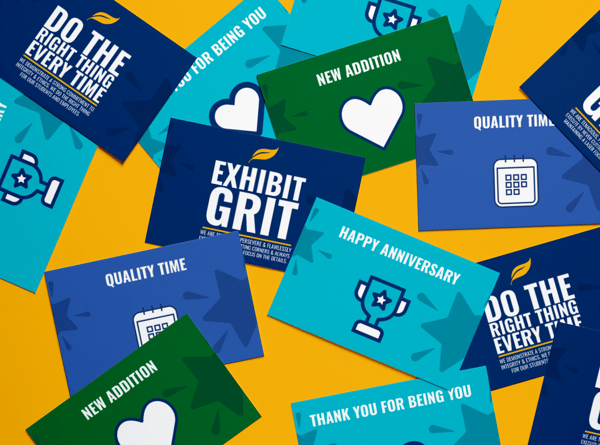
Q: Now that the platform has been live for over six months, what’s next for SNHU?
Jenn: Once again, we took the opportunity to collect employee feedback. We took a brief pause and asked employees who participated in the design of the program to share the impact that this project had on the organisation. Some of the highlights about what excited employees include:
- The connections that they fostered along the way
- The work that they've been able to do
- The access to leaders has been incredible, not just for personal growth and development but also to foster buy-in for the program
It’s clear that employees really see themselves in Shine which was one of our goals. Kelly Gump, Goal Lead & Adjunct Faculty adds, “Working on Shine allowed me to connect with colleagues across SNHU that I don’t normally interact with. It also helped me learn more about the language of appreciation and how fostering a community of recognition and thanks not only impacts individuals, it also reinforces our SNHU values and helps build stronger teams.”
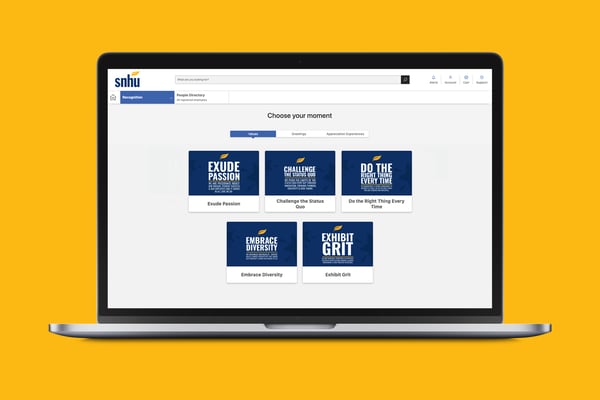
It's incredibly heartening to see that our focus on making sure employee feedback fuelled the program is delivering on the return on investment.
So far, over 85% of SNHU’s workforce has sent or received recognition on Shine, and over 16,000 recognition moments have been sent in the system. Using employee feedback to build an inclusive culture that’s centred around reward and recognition is helping SNHU stand out as an employer of choice.
Learn more about SNHU’s employee engagement story below:
 Emily Stites
Emily Stites

